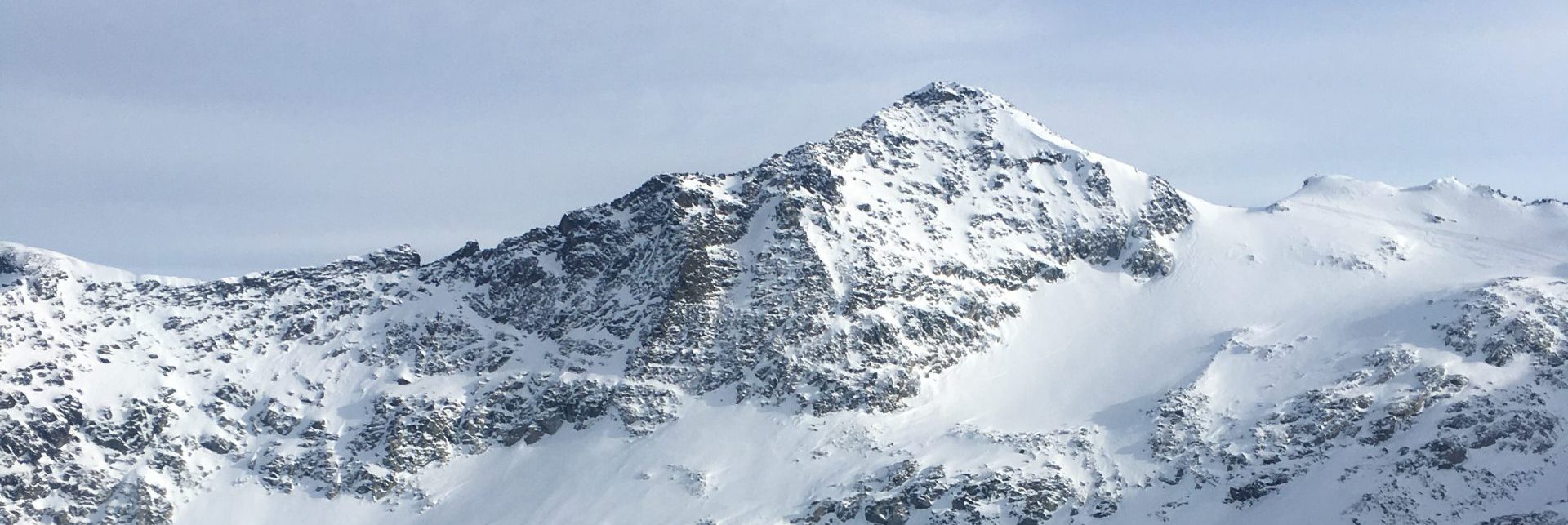


Essay:
In any journey, many challenges must be overcome. This is what Janet Newman shows in her poem ‘Exposure,’ where a group of musicians go to great lengths to be photographed up a hard-to-get-to mountain. They climb high, over ridges, past the tree line, before they get ‘whipped’ by snow-crossed air. Newman shows all these challenges through language techniques of imagery, sibilance and personification.
Imagery is very important in this poem as it allows readers to ‘see’ and understand the challenging environment the musicians go through. The first introduction that readers get into the type of setting the poem is in is with the title ‘Exposure’. The word ‘exposure’ has multiple denotations and connotations, where it can be defined in photography terms, as camera or light exposure, or it could refer to the exposure of the outdoor environment, with its lack of protection from natural forces such as the wind. It could also refer to the exposure of the musicians, where putting themselves in this environment ‘exposes’ themselves and their journey. Exposure also connotes to bare, naked, nature, and raw. The title is important as it gives readers an understanding of what’s the poem will be about, and the choice of word Newman uses determines the perspective and impression readers have of the poem. Imagery is also used in this poem by describing the environment to the readers. ‘Brittle alpine terrain’ and ‘relentless wind’ are some of the challenges the musicians face on their journey, and Newman uses adjectives ‘brittle’ and ‘relentless’ to describe the landscape and make readers imagine and understand how difficult it would be to be walking up the mountain.
Another technique that the write uses in this poem is sibilance. Sibilance is used to show the effect the challenging environment is having on the musicians. ‘Stuck with sweat’ shows the physical effort the musicians have had to put in to get up the mountain, and sibilance allows the readers to imagine them sticky with sweat and exhausted from the difficult terrain. To further show the challenging environment, the writer uses personification, where she personifies nature to show its strength and ‘relentlessness’. The wind becomes punishing and ‘lashed’ the conductor with its ‘whip’. The wind is the final obstacle the musicians face, and its punishing nature further amplifies the challenges and obstacles the musicians have passed through to get to the exposed photograph place.
The physical journey that the musicians have gone through could represent the challenging journey they themselves have gone through with their music. Music is definitely not easy. It takes many years of practice and different types of obstacles must be overcome. It is interesting in this poem that despite it being about getting photographed, the writer talks instead about the journey to get there, which puts emphasis on the journey itself rather than the end result, which could relate to both physical and musical, as the challengers and difficulties faced to get to the end result are highlighted. As readers we wonder why the musicians chose such such a challenging terrain to get photographed as them ‘resting’ in the second line indicates that they know it will be hard. We wonder if Newman chose this setting to represent the musicians journey and their music, as the journey makes the end result more worth it. The poem exposes the physical and mental journeys of the musician, making their music seem more raw, natural and beautiful as they have literally put themselves in the open.


1 Comment
Add Yours →Hey Annabel,
Awesome to see you have been working on this in the build up to exams!
You have selected strong language features and have explored the wider symbolism of the journey. Both are good features of this answer.
You could look to unpack your language effects a little more- really dig into how the language operates and as you have begun to, further discuss how the language features combine for effect.
You appear to be ‘hedging’ in some of your answer- be direct with this. The marker wants to see how YOU have read the text and how your interpretation can be justified.
Some of your explanations of ‘challenges’ are a little superficial. At times, you have talked about making the reader imagine how hard it is to walk up the hill. Tell us HOW the language does this and WHY it is an important feature of the text when you consider the author’s purpose.
Any questions, please sing out!
Mrs P